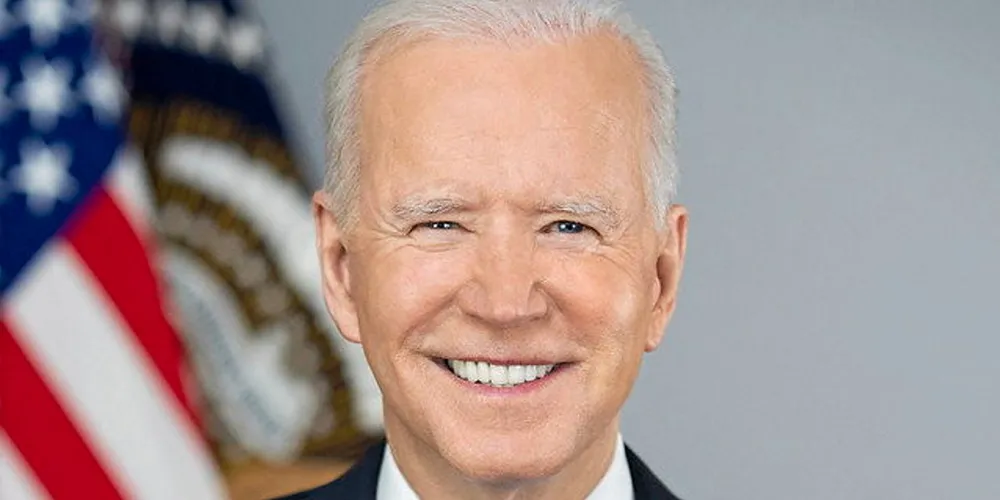Westward ho! US clears way for giant Gateway South clean power trunkline
Warren Buffet-owned PacifiCorp sees construction of 670km line beginning next month and coming into service in 2024 to transport 2GW of wind and solar from Wyoming

Warren Buffet-owned PacifiCorp sees construction of 670km line beginning next month and coming into service in 2024 to transport 2GW of wind and solar from Wyoming
